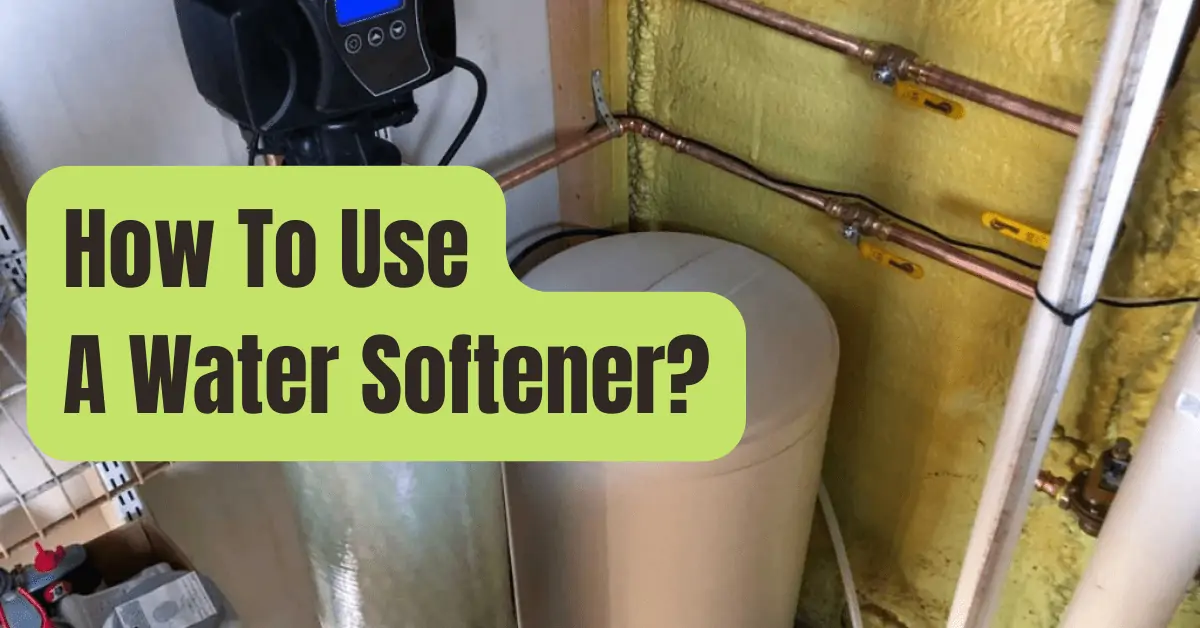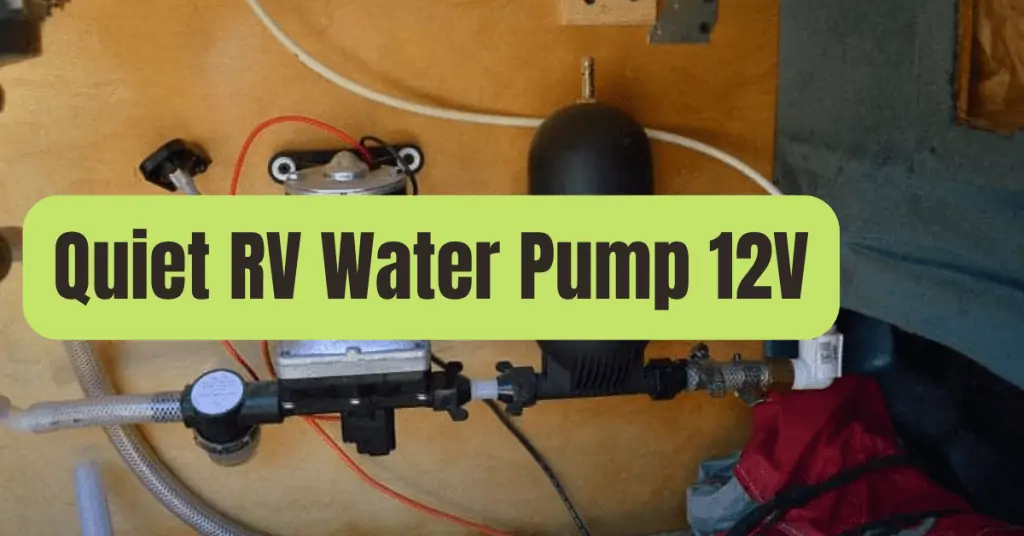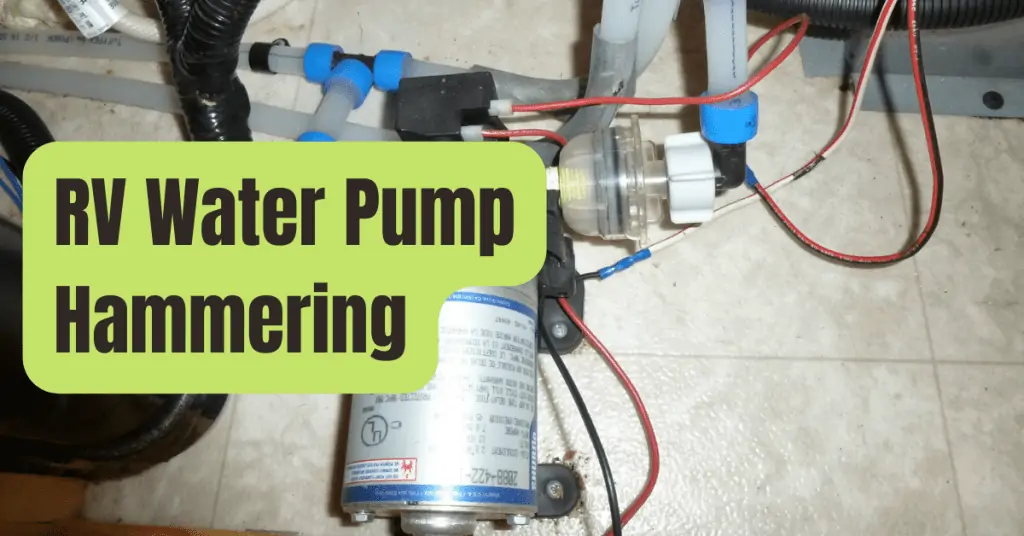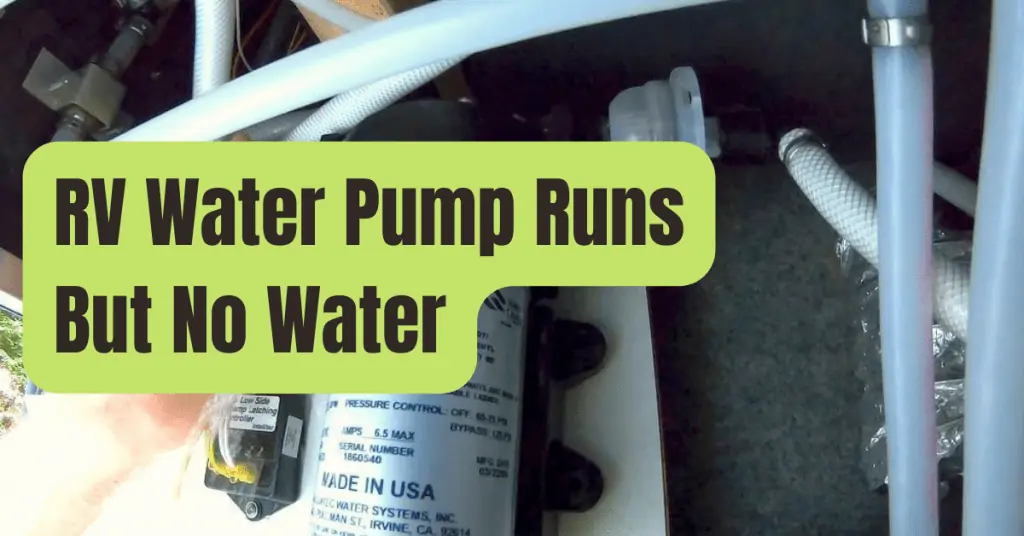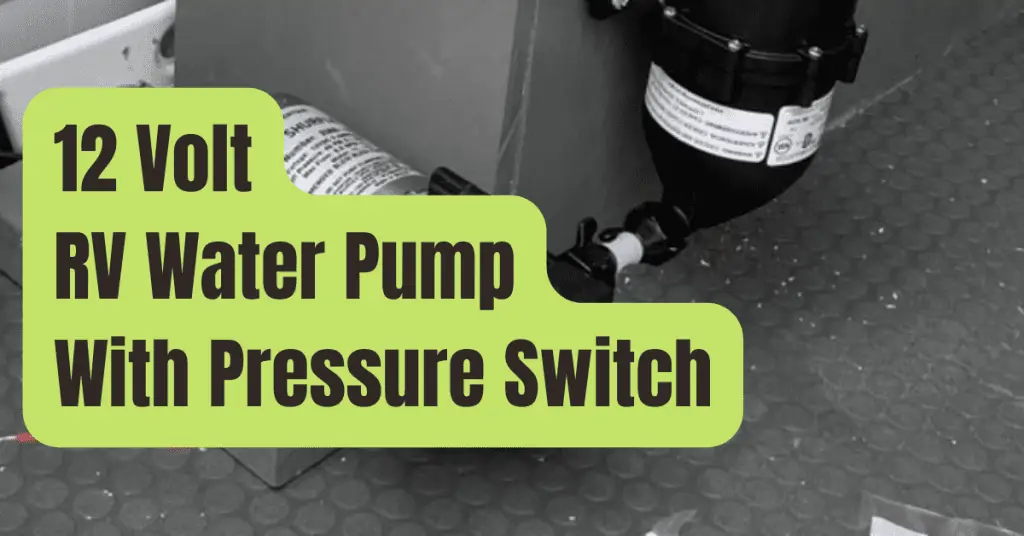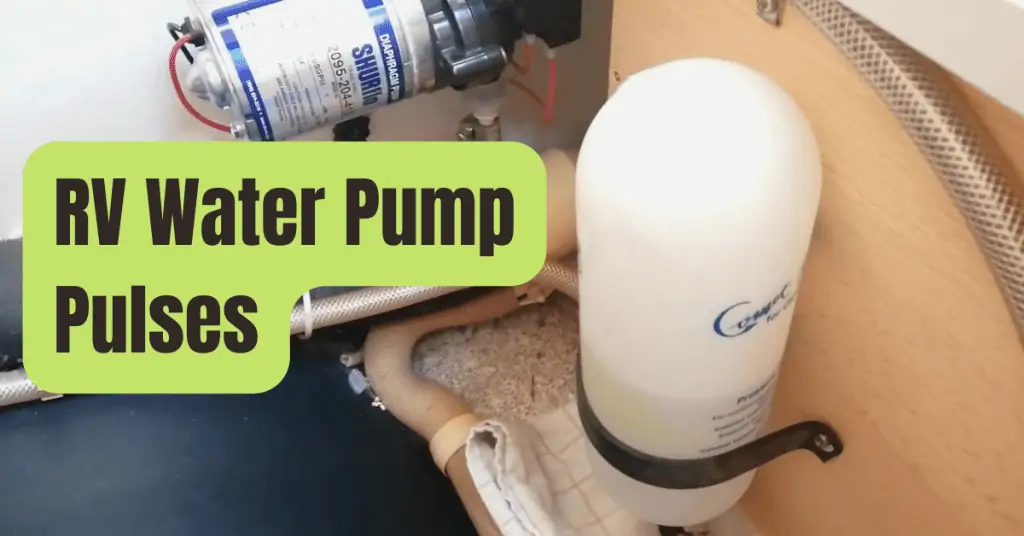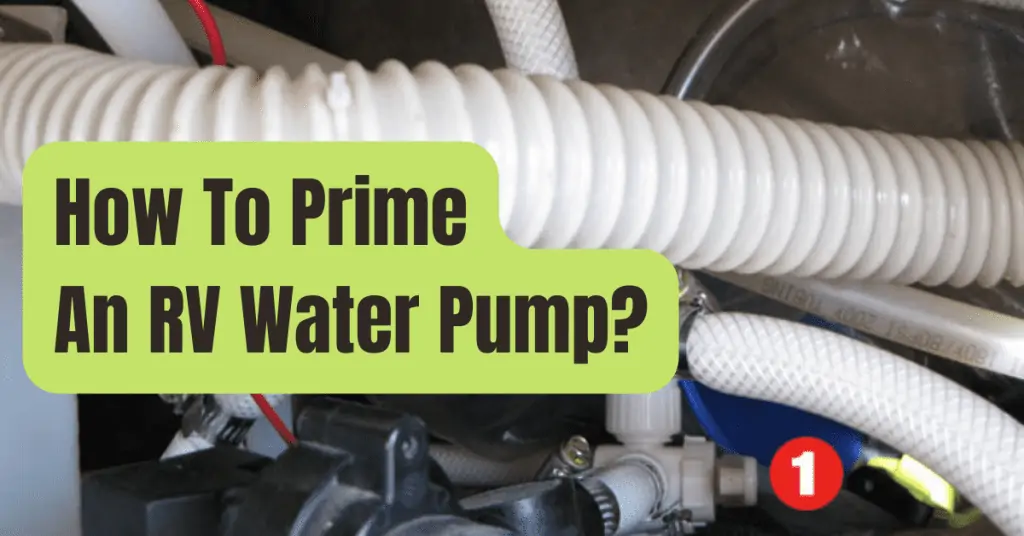A water source that has ingested significant amounts of minerals from the soil, especially calcium and magnesium, is referred to as having “hard water.” When these minerals are absent in significant amounts, water is referred to as being “soft”.
Naturally soft water is possible (water supplies derived from lakes and streams are often naturally soft).
Or it could be softened artificially, either by the municipal water utility or a water softener, a device used for in-home water treatment.
A Water Softener Is What?
A filtering device known as a water softener takes calcium and magnesium out of the water.
Because of the composition of the rock that rainfall percolates through as it filters down from the surface, underground water sources become hard.
Hard water is often found in groundwater reservoirs in areas with high concentrations of limestone, chalk, and gypsum, while soft water is typically found in areas with a predominance of granite or similar low-calcium stone.
In areas where certain agricultural additives like lime are widely employed, water may also become hard.
Another problem that is treatable is sulfur content.
A unpleasant smell and water that is dark or reddish in color are two telltale symptoms that there is too much sulfur in the water.
This may also cause germs or corrosion in your drinking water.
Problems Resulting from Extremely Hard Water
Drinking hard water rich in dissolved minerals like calcium and magnesium has no health risks.
In actuality, the health benefits of these minerals need just trace levels.
However, in high concentrations, the minerals may accumulate in appliances, plumbing fixtures, and pipes, progressively affecting how well they work.
For instance, mineral scale accumulation in water heaters or faucets may reduce their longevity.
After taking a bath or shower in water with a high mineral concentration, some individuals claim to feel itchy.
Hard water also hinders soap’s ability to lather, and the minerals may react with the soap to create a clinging, gooey scum.
For instance, if you often get water stains on your dishes, you could have a hard water issue.
It might be challenging to remove this clingy gunk from your hair or clothing.
Water Softener Types
There are several kinds of water softeners:
- Ion exchange: By far the most popular form of water softener used in the house. It functions by displacing calcium and magnesium ions with sodium ions, which don’t have the same negative consequences as calcium and magnesium. This well-known machine has a huge tank filled with salt pellets. It is quite possible that your house contains this kind of water softener.
- Salt-free: This gadget removes calcium using a mechanical filter, however it struggles with particularly hard water. Magnesium is not removed by it.
- Reverse osmosis: This technology purifies water by passing it across a membrane that is semipermeable to 98 percent of contaminants. 1 It is a pricey gadget that consumes a lot of water. However, in addition to calcium and magnesium, this kind of gadget is particularly effective in removing other chemical pollutants. However, using reverse osmosis to purify drinking water has drawbacks. Minerals are required by the human body, which may get them from water among other things. Reverse osmosis may have unforeseen repercussions and potentially deprive the body of vital minerals when used over an extended period of time.
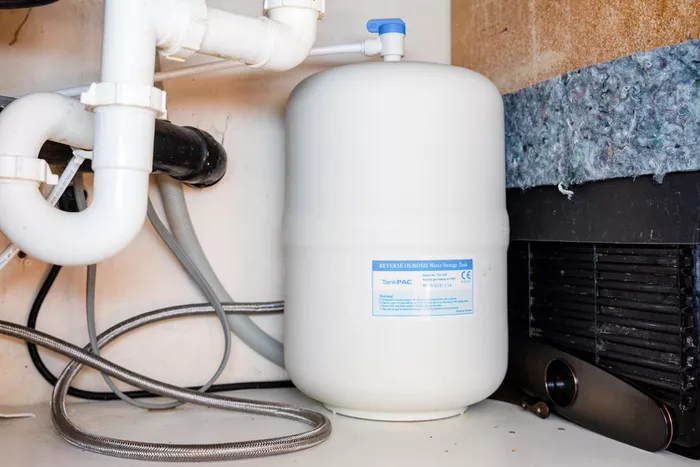
Is a Water Softener Necessary?
Millions of dollars are spent by the water softener business to persuade people that water softeners are a must-have for every household.
However, in many places, water softeners may not even be essential.
Most state environmental organizations advise that you actually don’t need a water softener until your water hardness level surpasses 7 parts per gallon (ppg), or 120 milligrams per liter.
2 More than half of the country is classified as having this kind of water, with the Great Plains, Rocky Mountain, and Midwest states having the largest amounts.
However, there is a strong likelihood that your neighborhood water company already processes the water to lessen hardness, even if you reside in a place with hard groundwater.
Additionally, even when subsurface water sources are hard, there is a significant probability that your community’s water supply comes from a river or lake and is already rather soft.
The majority of the time, well water, which is untreated municipal water, is where hard water with a high mineral concentration is found.
Manufacturers of water softeners, unsurprisingly, assert that any amount of mineral hardness in water is a severe issue and that even “slightly hard” and “moderately hard” water should be softened.
They will contend that softening is necessary for any water that is above 1 ppg hard.
In the end, this comes down to personal opinion, but you should be aware that the official position is that only water that is obviously hard (7 parts per gallon or more) has to be softened.
Water Softening’s Benefits And Drawbacks
Whether or not you decide to soften your water depends on how much you value each benefit and drawback:
Use Of A Water Softener Has Many Benefits:
- Removes scale accumulation from dishes, pipes, plumbing fittings, and appliances; this may increase the lifetime of these items.
- Soaps and detergents function better when used with softened water.
- Some individuals find that using water that has been softened is more pleasant.
Use Of A Water Softener Drawbacks:
- Health risk for those on low-sodium diets is modest but significant. Per quart of water, the ion exchange process contributes around 7.5 mg.
- Practically all of the calcium and magnesium from the water is removed, thus for some persons, dietary supplements may be needed to replenish these essential minerals.
- Ongoing upkeep expenses and duties. The brine tank has to be frequently slaked, and the equipment needs to be routinely maintained.
- Soft water might seem sticky and slippery to certain individuals.
- The procedure involves dumping salty water into the sewage system, which might cause environmental issues.
- A minor quantity of salt present in softened water might interfere with septic systems.
Issues a Water Softener Won’t Resolve
Calcium and magnesium are effectively removed by water softeners, but other minerals and gases that might impair the quality of drinking water are left unaffected.
One typical mineral that causes unsightly rust stains in sinks, tubs, and toilets is ferrous iron.
And manganese, which often coexists with iron, generates black staining.
Hydrogen sulfide gas is dissolved in water that has a subtle “rotten egg” odor, and a water softener will not get rid of this odor.
A water softener won’t get rid of these extra minerals; you need a special water treatment system for that.
Ion-Exchange Water Softener Components
Ion-exchange systems are by far the most typical kind of domestic water softener.
You can maintain it appropriately if you know how each component works.
Three primary parts make up an ion-exchange water softener: a mineral tank, a brine tank, and a control valve.
Mineral and brine tanks are combined into one cabinet in smaller capacity versions, although the two tanks are still kept apart within the cabinet.
Stand-alone mineral and brine tanks are separate in larger flow capacity systems:
- Mineral tank: The scene of the action is the mineral tank. Here, hard water is softened by eliminating calcium and magnesium during the water filtering process.
- Brine tank: A brine tank is a tank that holds a highly concentrated solution of salt or potassium. This brine mixture is used to clean and refuel the mineral tank. Salt or potassium pellets need to be refilled into the brine tank on a regular basis.
- Control valve: During regeneration, the control valve regulates the water flow into and out of the mineral and brine tanks.
Most of the time, a water softener is built such it treats the water used for drinking, cooking, and washing but not the water used for outdoor irrigation and is placed close to the point where the water supply enters the home.
Tank for Minerals
Where the real water softening takes place is in the tall, thin tank known as the mineral tank.
Several cubic feet of porous polystyrene resin beads are used to fill it.
The positively charged calcium and magnesium ions in the water are drawn to and held in place by the negatively charged beads as the water moves through the tank.
The resin beads have managed to retain these hard minerals, making the water that continues to flow now soft.
The beads must be cleaned when they eventually get saturated with minerals (regenerated).
The following system elements play a crucial role in the procedure.
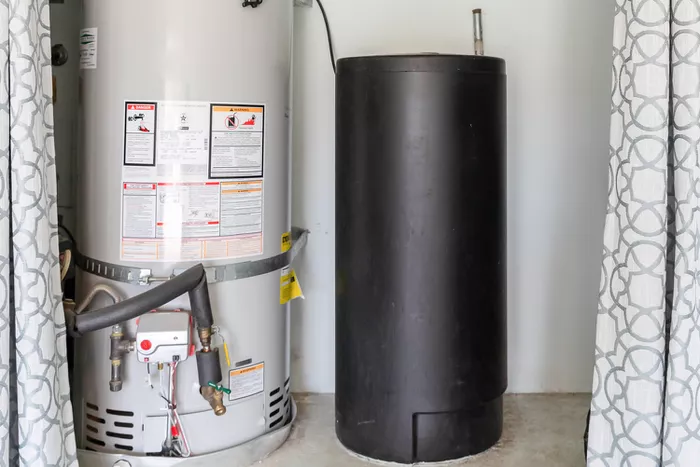
Brining Tank
The brine tank is exactly what its name implies: a plastic tank filled with brine, which is water that has been heavily salted or potassium-infused.
When it’s time to backwash the mineral tank, this salty water will be used to clear out the mineral flecks and recharge the beads’ negative charge so they can keep capturing additional minerals.
Typically, salt is maintained in the brine tank (sodium).
However, issues might arise if you follow a strict low-sodium diet since the regeneration process introduces a little amount of salt into the drinking water.
Additionally, salt may have an impact on the microorganisms in septic systems that break down waste.
Because of this, sodium brine has been restricted or outlawed in a number of states and localities, including California.
5 For the brine, potassium may be utilized as a substitute.
Despite being somewhat more costly than salt, potassium is seen to be superior and ecologically beneficial, and it has no negative effects on watersheds, septic systems, or your health.
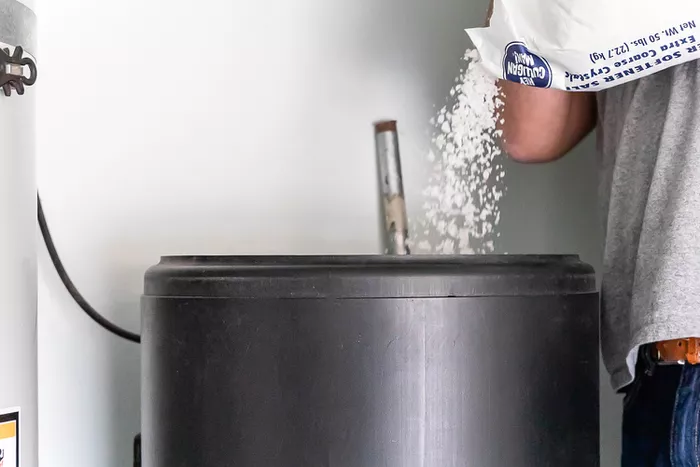
The Regeneration Process and the Control Valve
The traffic policeman for your water softener system is the control valve.
It decides when to clean those plastic beads, which have calcium and magnesium coatings presently.
While modern versions employ a computer-controlled meter that calculates when it is time for regeneration based on actual water use, older type devices use a timer.
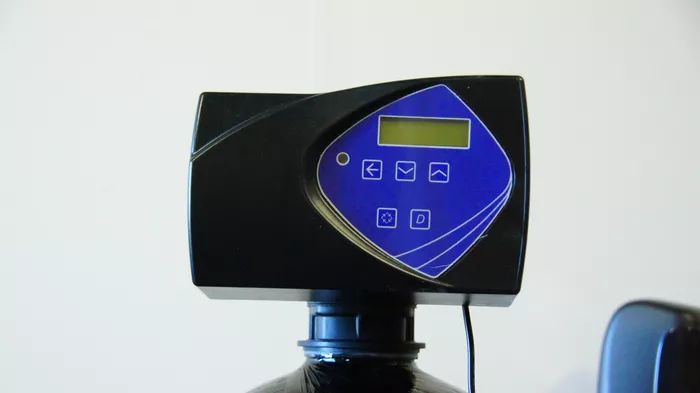
The Process of Regeneration
The water softener employs a procedure known as regeneration, which includes three cycles: backwash, recharge, and rinse, to clean the beads in the mineral tank.
Every few days, this procedure starts, usually in the middle of the night.
- Backwash: Regeneration begins with a backwash cycle in which the valve reverses the water flow in the tank and washes the tank of debris. The municipal sewage system or septic system’s drain is subsequently used to remove this material.
- Recharge (regeneration): During the recharge cycle, the mineral tank is pumped with a salty solution from the brine tank. Magnesium and calcium are forced off the beads by the extremely concentrated salt solution, and the mineral-rich salty water is then flushed out of the tank and down the drain.
- Rinse: The regeneration process is then stopped, the mineral tank is filled with water, and the water softening procedure is repeated.
The beads are now coated with sodium or potassium from the brine tank in the just rejuvenated mineral tank.
The positively charged calcium and magnesium in the hard water are drawn to the plastic beads in the mineral tank when more hard water is added, taking the place of the sodium on the beads.
This trace quantity of salt that is expelled from the beads dissolves in the water and travels to the household water supply.
With the exception of those with tight sodium intake restrictions, this modest quantity of salt in the water usually doesn’t cause any issues.
The control valve initiates a fresh regeneration cycle and flushes the hard-water minerals down the drain once again when the beads get saturated with calcium and magnesium from hard water once more.
As long as salt or potassium pellets are retained in the brine tank, this cycle will continue.

